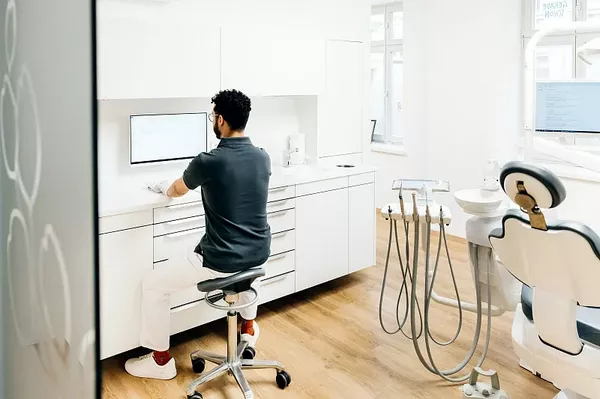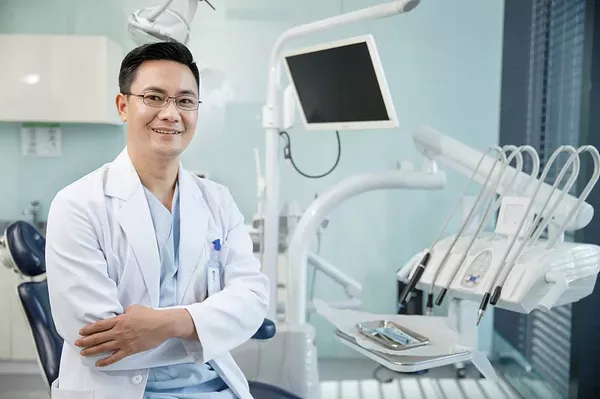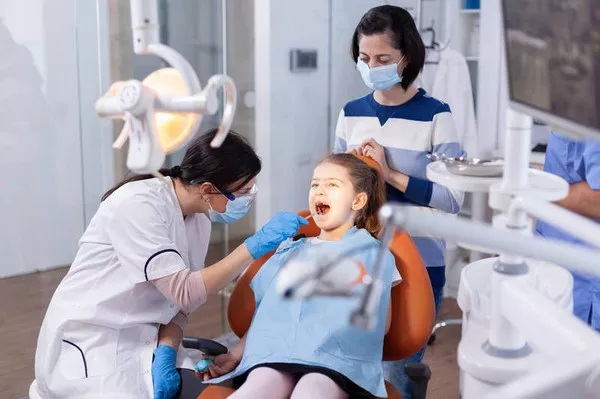Teeth whitening is a popular cosmetic dental procedure sought by many individuals looking to enhance the brightness of their smiles. One common component of many teeth whitening procedures is the use of UV (ultraviolet) light. But what does UV light do for teeth whitening, and how does it contribute to achieving a whiter smile? In this article, we will delve into the science behind UV light in teeth whitening, its benefits, and considerations for those seeking a brighter, more radiant smile.
Understanding Teeth Stains
Before we explore the role of UV light in teeth whitening, it’s essential to understand the causes of tooth staining. Teeth can become discolored due to various factors, including:
Extrinsic Stains: These stains occur on the surface of the teeth and are typically caused by the consumption of staining substances like coffee, tea, red wine, tobacco, and certain foods. Inadequate oral hygiene practices can also contribute to extrinsic staining.
Intrinsic Stains: Intrinsic stains are deeper and occur within the tooth structure. They may result from factors such as genetics, certain medications, excessive fluoride exposure during tooth development, or trauma to the tooth.
Age-Related Changes: Over time, teeth naturally tend to darken as a result of changes in the dentin—the layer beneath the enamel—and the accumulation of surface stains.
UV Light in Teeth Whitening
UV light is often used in conjunction with teeth whitening procedures, but its specific role is to activate the whitening agent rather than directly whiten the teeth. Here’s how UV light works in teeth whitening:
Activation of Whitening Gel: Teeth whitening treatments typically involve the application of a whitening gel or solution containing hydrogen peroxide or carbamide peroxide. These compounds are the active ingredients responsible for breaking down stains and discoloration on the teeth.
Photochemical Reaction: UV light, or sometimes LED light, is used to initiate a photochemical reaction within the whitening gel. When exposed to UV or LED light, the whitening agent becomes activated and releases oxygen molecules.
Oxygen Release: The activated whitening agent releases oxygen molecules, which penetrate the tooth enamel. Oxygen molecules break down the chemical bonds of the stain molecules, effectively disintegrating them.
Stain Removal: As the stain molecules are broken down, they become less concentrated and visible, resulting in a brighter and whiter appearance of the teeth.
Benefits of UV Light in Teeth Whitening
The use of UV light in teeth whitening offers several advantages:
Enhanced Whitening: UV light accelerates the whitening process, allowing for quicker and often more noticeable results compared to whitening without light activation.
Even Whitening: UV light helps ensure even distribution of the whitening effect across all teeth surfaces, including those hard-to-reach areas.
Reduced Sensitivity: Some studies suggest that UV-activated whitening may result in less tooth sensitivity compared to traditional whitening methods.
Customized Treatments: Dentists can adjust the intensity and duration of UV light exposure to tailor treatments to individual patient needs, enhancing both safety and effectiveness.
Considerations and Safety
While UV light can enhance teeth whitening, it’s essential to consider safety and potential drawbacks:
Gum and Tissue Protection: Before UV-activated teeth whitening, dentists typically protect the gums and surrounding tissues to minimize potential irritation or burns.
Efficacy Variability: The effectiveness of UV-activated whitening may vary depending on the type and concentration of the whitening agent used and the patient’s specific staining and dental condition.
Professional Supervision: Teeth whitening procedures, including those using UV light, are most effective and safest when performed under the supervision of a qualified dentist or dental professional.
Post-Treatment Care: After teeth whitening, it’s essential to follow post-treatment care instructions provided by your dentist, which may include dietary restrictions and proper oral hygiene practices to maintain results.
Conclusion
UV light plays a crucial role in enhancing the effectiveness of teeth whitening procedures by activating the whitening agent, thereby expediting the removal of stains and discoloration. While UV-activated teeth whitening can offer noticeable and satisfying results, it’s important to prioritize safety and professional guidance throughout the process. Consulting with a qualified dentist will ensure that you receive the most appropriate and effective teeth whitening treatment tailored to your unique dental needs, ultimately leading to a brighter and more confident smile.
Related Topics:































